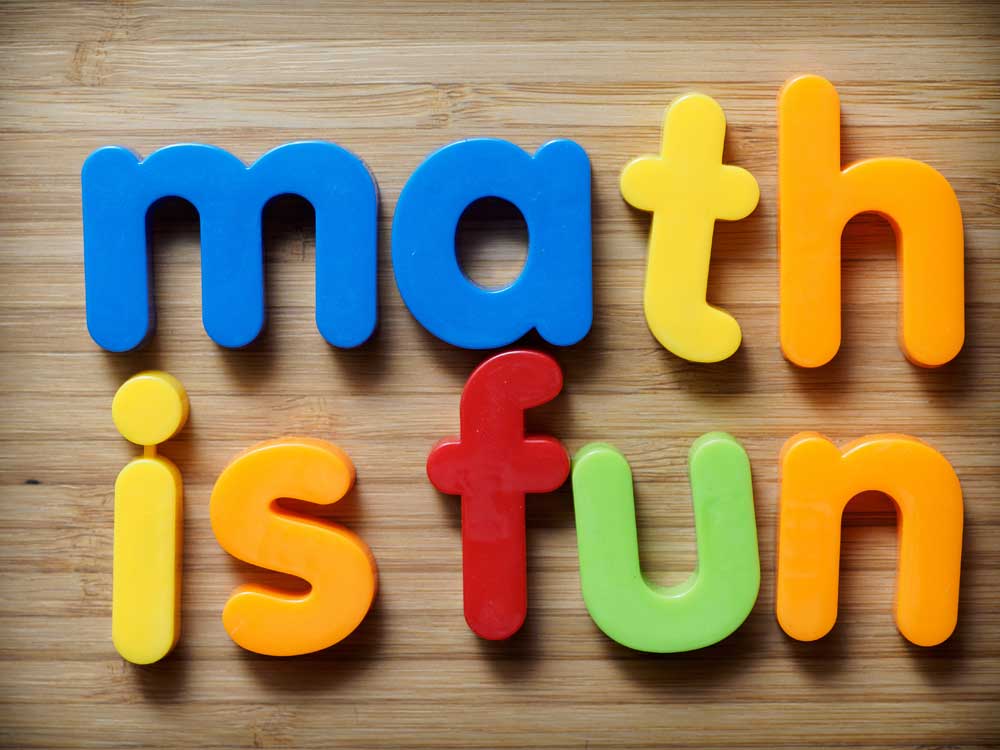 As a teacher, what do you do when your students don’t understand something? You explain it in a different way. When I realized several of my students were having trouble with math, I began looking for ways to explain things differently. My background is in Special Education, and one of the first strategies we learned was incorporating hands-on activities into learning. Using this as my guide, I began to explore various hands-on methods to include in my math instruction.
As a teacher, what do you do when your students don’t understand something? You explain it in a different way. When I realized several of my students were having trouble with math, I began looking for ways to explain things differently. My background is in Special Education, and one of the first strategies we learned was incorporating hands-on activities into learning. Using this as my guide, I began to explore various hands-on methods to include in my math instruction.
While the initial results were promising, I still had students struggling. One of the biggest obstacles was student frustration. Many students, after years of failure and frustration in math, had completely shut down. This obviously made it difficult for them to learn. My challenge, then, was to find a way to reconnect students to math, help them experience success, and get them moving in the right direction.
The answer I came up with was knitting. I have been an avid knitter for more than ten years and I always thought it would be fun to be able to share this skill with my students. What I didn’t realize was how useful knitting could be in teaching math. I organized a lunchtime knitting club that met every Friday. About twenty of my students signed up and I split them into two groups so I could give each student more individual attention. The first few sessions were mostly devoted to teaching the kids how to knit. After everyone had mastered the basic knit stitch, the math fun began!
First, we focused on computational skills, like adding and multiplying. We worked out real life problems like, “If I cast on 30 stitches and knit 6 rows, how many stitches did I knit?” The students would draw a picture, use numbers, or actually knit the stitches to find the answer. I also brought in some of the more complicated knitting projects I was working on. We used these patterns to transition from acting out a math problem to being able to solve it using numerical representations. The kids had a lot of motivation to practice using numbers, even if it was difficult, because they wanted to know how many stitches I had completed, and it took too long to actually count 216 x 35 stitches.
Eventually, we were able to use knitting as a platform to explore more difficult word problems. I would ask a student, “How long do you want your scarf to be?” The student would decide and then we would develop a word problem such as, “If you want your scarf to be 20 inches long and each row is .25 of an inch, how many rows do you need to knit?” Students were able to solve the word problems using drawings, models, and numbers. Then they got to knit the answer!
Lunchtime knitting was a great way to maintain student motivation and connect my students to math in a creative way.
Written by: Editorial Team, My Learning Springboard, Inc.